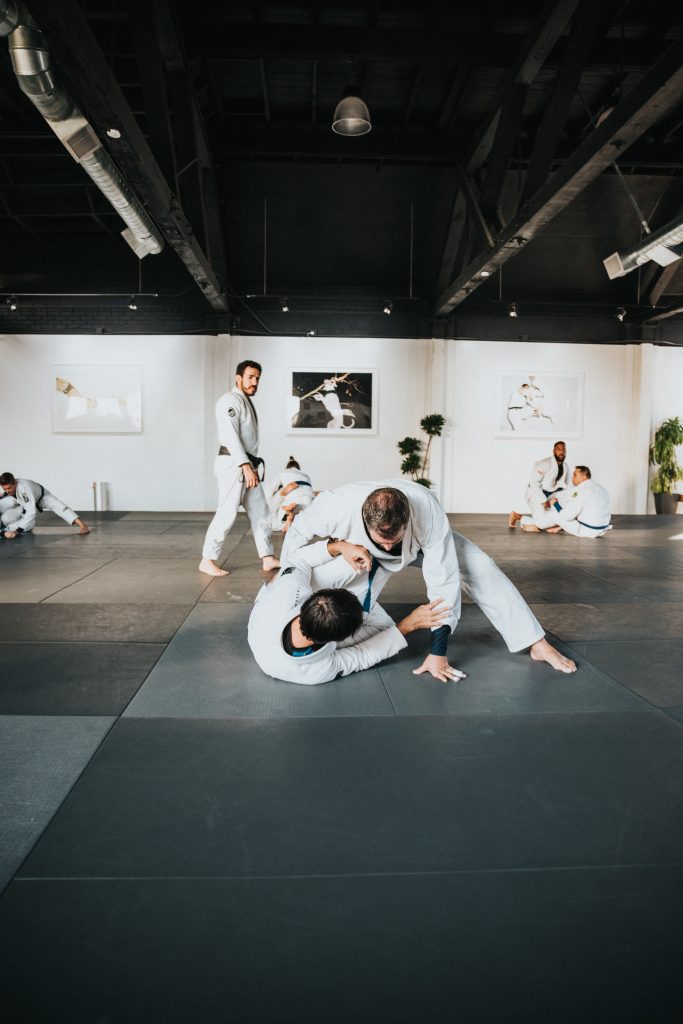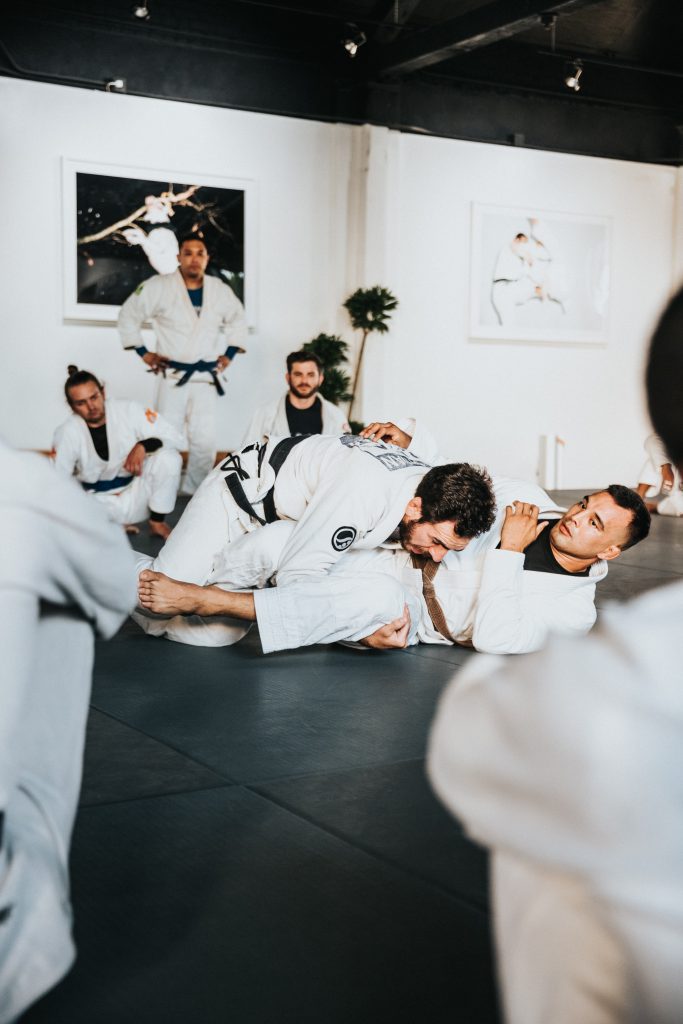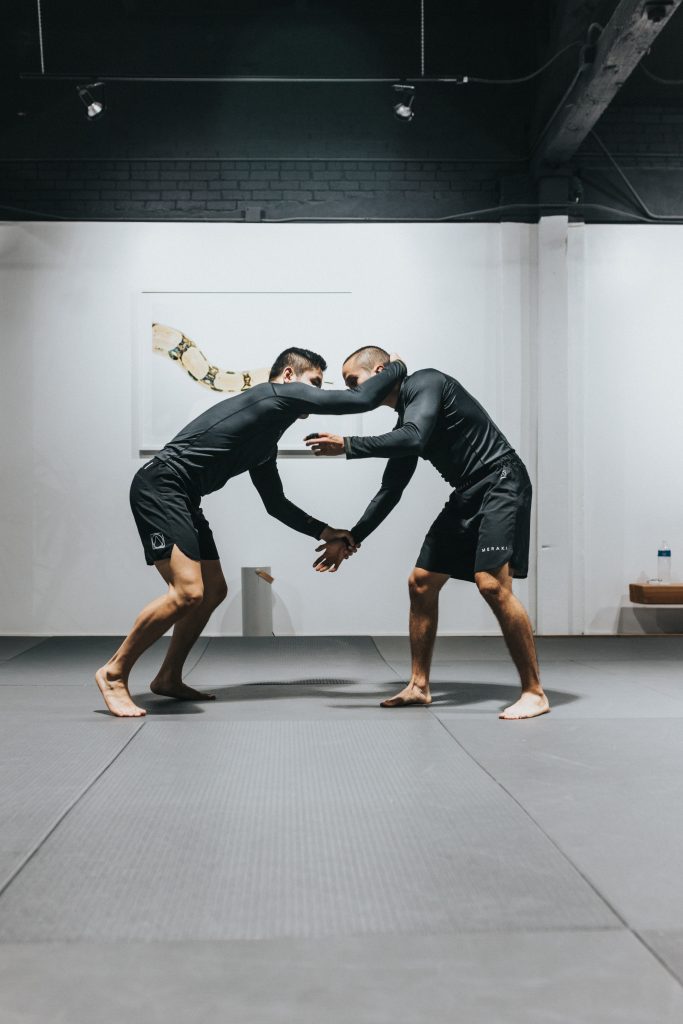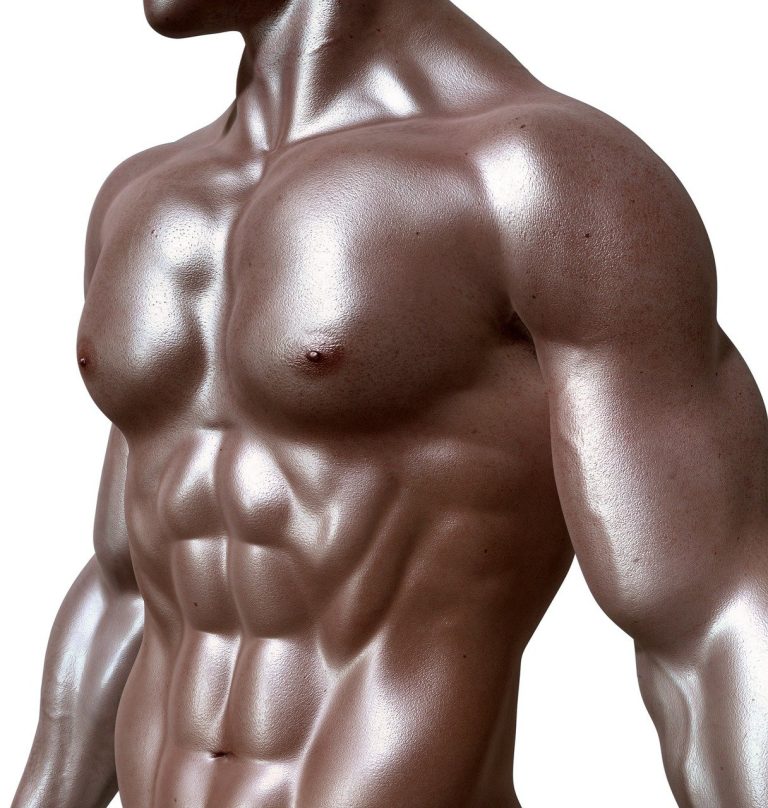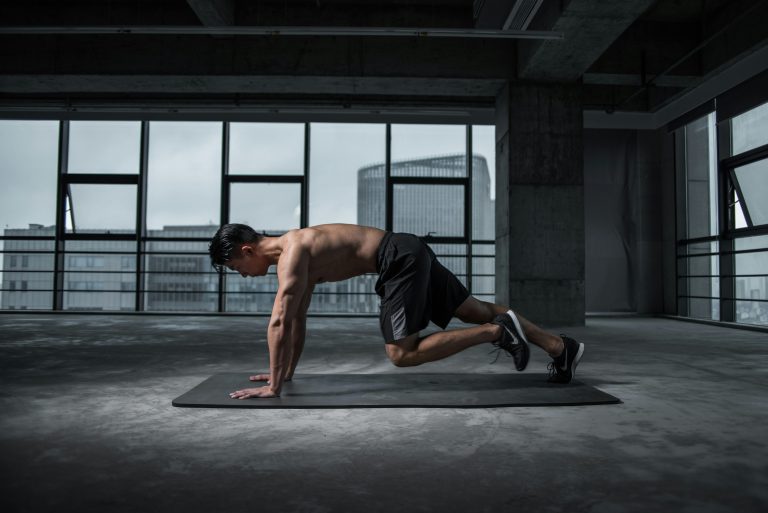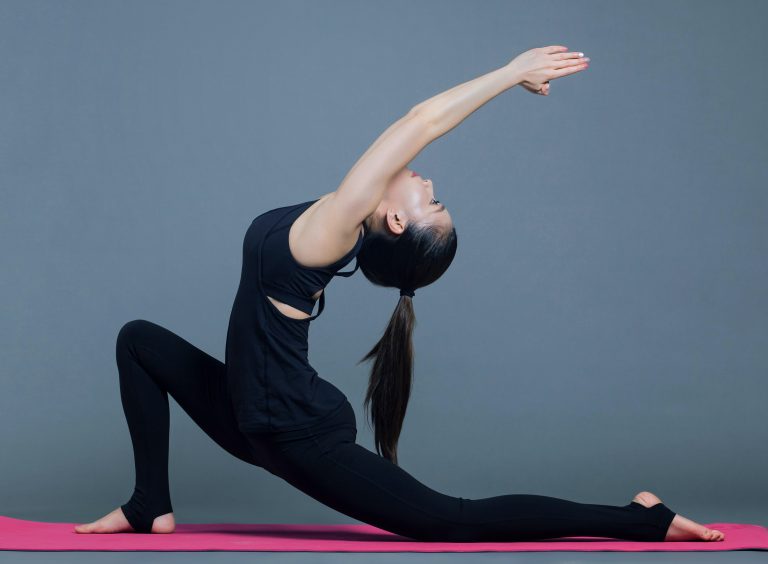Imagine a world where age is just a number and barriers do not exist. A world where anyone, regardless of their age, can embark on a journey to learn martial arts. It may sound too good to be true, but the truth is, martial arts is a discipline that knows no boundaries when it comes to age. Whether you are a child, a teenager, a young adult, or even a senior citizen, martial arts has the power to transform your life and empower you with self-defense skills, physical fitness, confidence, and mental clarity. So, if you have ever wondered if it’s possible for anyone, at any age, to learn martial arts, the answer is a resounding yes. It’s never too late, or too early, to embark on this extraordinary journey.
Table of Contents
ToggleBenefits of Learning Martial Arts
Learning martial arts offers a plethora of benefits that go beyond just self-defense. Whether you are a child, a teenager, a young adult, a middle-aged adult, or a senior, engaging in martial arts can have a positive impact on your physical health, mental focus, and self-confidence.
Improved Physical Fitness
One of the key benefits of practicing martial arts is improved physical fitness. Through rigorous training sessions, you will enhance your strength, flexibility, and cardiovascular endurance. Martial arts involve a variety of movements that work different muscle groups, leading to overall body conditioning. Whether it is the high kicks in Taekwondo or the grappling techniques in Brazilian Jiu-Jitsu, each martial art style contributes to building strength, agility, and coordination.
Enhanced Mental Focus and Discipline
Another valuable aspect of learning martial arts is the enhanced mental focus and discipline that comes with it. During training, you are required to concentrate on specific techniques and movements, honing your ability to stay focused and present in the moment. This mental discipline can extend beyond the training mats into other areas of your life, improving your productivity and concentration. Martial arts also instill discipline and respect for one’s teachers and fellow practitioners, promoting a positive and respectful mindset.
Increased Self-Confidence and Self-Esteem
Engaging in martial arts can significantly boost your self-confidence and self-esteem. As you progress in your training and acquire new skills, you develop a sense of mastery over your abilities. The achievement of goals and milestones in martial arts, such as earning a higher belt rank, enhances your self-confidence. Moreover, the supportive and encouraging environment, common in martial arts dojos, fosters a sense of belonging and self-worth, positively impacting your overall self-esteem.
Factors to Consider for Different Age Groups
While martial arts can benefit individuals of all age groups, there are specific considerations to keep in mind to ensure an appropriate and enjoyable training experience. Let’s explore these considerations for different age categories:
Children (4-12 years old)
For children, martial arts can provide numerous physical and mental advantages. However, it is crucial to choose a style that is suitable for their age and development stage. Styles like Taekwondo or Karate are often recommended for children due to their focus on discipline, respect, and character development. These styles also emphasize fundamental movements and basic techniques, keeping the training engaging and accessible.
Teenagers (13-17 years old)
Teenagers often seek activities that allow them to channel their energy and build self-confidence. Martial arts can be an excellent outlet for teenagers, promoting discipline, focus, and self-control. Styles like Brazilian Jiu-Jitsu or Muay Thai can be particularly appealing to this age group. Brazilian Jiu-Jitsu offers the opportunity to learn self-defense and teaches valuable skills for grappling and ground fighting. Muay Thai, known as the “art of eight limbs,” combines striking techniques with clinching and knees, providing an outlet for physical expression and conditioning.
Young Adults (18-30 years old)
Young adulthood is a prime time for learning martial arts, as individuals have the physical capacity to engage in more rigorous training. Mixed Martial Arts (MMA) and Krav Maga are popular choices for this age group. MMA combines techniques from various disciplines, including striking, grappling, and submission holds. It offers a well-rounded training experience that challenges both the body and the mind. Krav Maga, on the other hand, focuses on practical self-defense techniques and real-life scenarios, empowering young adults with valuable skills for personal protection.
Middle-aged Adults (31-50 years old)
For middle-aged adults, it is crucial to choose a martial art style that emphasizes flexibility, joint health, and balance. Tai Chi and Kung Fu are ideal choices for this age group. Tai Chi is often referred to as “moving meditation” and places emphasis on slow, controlled movements that promote relaxation, balance, and stress reduction. Kung Fu combines various forms of strikes, kicks, and acrobatics, providing a physical and mental challenge while promoting overall well-being.
Seniors (51+ years old)
Even in their golden years, seniors can benefit greatly from practicing martial arts. Aikido and Tai Chi are particularly suitable for seniors due to their focus on fluid movements, joint mobility, and balance. Aikido emphasizes redirection and harmonious movements, allowing seniors to defend themselves through redirection of force rather than relying on pure strength. Tai Chi, renowned for its gentle flowing movements, promotes flexibility, balance, and mental clarity, making it an excellent choice for seniors seeking overall health and well-being.
Key Considerations for Each Age Group
While choosing the appropriate martial arts style for each age group is vital, there are additional key considerations to ensure a safe and effective training experience:
Physical Abilities and Limitations
Understanding the physical abilities and limitations of each age group is crucial in tailoring the training appropriately. For children, the focus should be on developing basic motor skills, coordination, and building a foundation of physical fitness. Teenagers and young adults can handle more rigorous training sessions, but it is still important to be mindful of their physical capabilities and to provide proper guidance and supervision. Middle-aged adults and seniors often have specific considerations, such as joint health or flexibility, that need to be taken into account when designing their training programs.
Developmental Stage and Cognitive Skills
Different age groups go through distinct developmental stages, and martial arts training should align with these stages. For children, martial arts can contribute to their growth and development, teaching valuable skills like discipline, respect, and perseverance. Teenagers may benefit from martial arts as a means of gaining self-confidence and assertiveness during a time of self-discovery. Young adults can use martial arts to build skills in personal protection and self-discipline. Middle-aged adults may seek stress relief, fitness, and a sense of accomplishment. Seniors may focus on balance, flexibility, and maintaining a healthy lifestyle.
Motivation and Goal-Setting
Understanding the motivation and goals of individuals in each age group is essential for ensuring a fulfilling martial arts experience. For children, the focus may be on building confidence and learning discipline. Teenagers may aim to excel in competitions or gain self-defense skills. Young adults may have personal fitness goals in mind or seek stress relief. Middle-aged adults may prioritize overall health and well-being or look to learn self-defense skills. Seniors may seek gentle exercise, balance, and social interaction. By aligning the training with the specific motivations and goals of each age group, individuals are more likely to stay engaged and committed to their practice.
Martial Arts Styles Suitable for Different Age Groups
Choosing the right martial arts style is crucial for individuals of different age groups to ensure an enjoyable and beneficial training experience. Here are some recommended styles for each age group:
Children – Taekwondo or Karate
Taekwondo and Karate are two martial arts styles known for their focus on discipline, respect, and character development. Both styles incorporate a combination of striking techniques (kicks and punches) and basic self-defense moves. Taekwondo puts a strong emphasis on high kicks, jumps, and dynamic movements, promoting agility, balance, and coordination. Karate, on the other hand, emphasizes stances, strikes, and blocks, fostering discipline, focus, and physical fitness.
Teenagers – Brazilian Jiu-Jitsu or Muay Thai
Brazilian Jiu-Jitsu (BJJ) and Muay Thai are popular choices for teenagers due to their engaging nature and practical skill sets. BJJ focuses on ground fighting and grappling techniques, teaching individuals how to defend themselves in close-quarter combat scenarios. It emphasizes leverage and technique rather than relying on brute strength, making it suitable for individuals of all sizes and genders. Muay Thai, known as the “art of eight limbs,” combines striking techniques with clinching and knees, providing an outlet for physical expression, conditioning, and self-defense.
Young Adults – Mixed Martial Arts (MMA) or Krav Maga
Young adults can benefit from the comprehensive training offered by Mixed Martial Arts (MMA) or Krav Maga. MMA combines elements from various martial arts disciplines, including striking, grappling, and submission holds. It offers a challenging training experience that tests both physical and mental capabilities while building self-confidence and discipline. Krav Maga, on the other hand, focuses on real-life self-defense situations and practical techniques that can be effective in critical situations.
Middle-aged Adults – Tai Chi or Kung Fu
Middle-aged adults may gravitate towards martial arts styles that promote flexibility, joint health, and mental clarity. Tai Chi, often referred to as “moving meditation,” is a gentle, slow-paced martial art that involves a series of flowing movements and deep breathing. It promotes relaxation, stress reduction, and improved balance and coordination. Kung Fu, with its focus on forms, strikes, and acrobatics, provides a physical challenge while also promoting mental focus, flexibility, and overall well-being.
Seniors – Aikido or Tai Chi
Seniors can benefit greatly from practicing martial arts, particularly styles that prioritize fluid movements, joint mobility, and balance. Aikido, a non-aggressive martial art, emphasizes redirection and blending with an opponent’s energy. It can improve seniors’ overall mobility, joint health, and sense of balance, contributing to fall prevention and overall well-being. Tai Chi, renowned for its gentle and flowing movements, promotes flexibility, balance, calmness, and mental clarity. It is an excellent choice for seniors seeking to maintain a healthy lifestyle while enjoying a low-impact exercise.
Adapting Martial Arts Training for Different Age Groups
To ensure the safety and effectiveness of martial arts training for different age groups, it is essential to make appropriate adaptations based on individual needs and capabilities. Here are some key considerations:
Modifying Intensity and Duration
Adapting the intensity and duration of training sessions based on age and physical abilities is crucial. Sessions for children should be shorter and focus on skill development in an engaging manner. Teenagers and young adults can handle more rigorous training sessions but should still be given appropriate rest and recovery periods. Middle-aged adults and seniors may require longer warm-up sessions, breaks, and lower-intensity exercises to prevent injury and accommodate for physical limitations.
Using Appropriate Teaching Methods and Techniques
Instructors should employ teaching methods and techniques that suit the age group they are working with. For children, classes should be structured with a balance of fun activities, games, and character development lessons. Teenagers may respond well to competitive elements or team-building exercises. Young adults may benefit from more intense and challenging training methods to push their physical and mental limits. Middle-aged adults and seniors may prefer a slower-paced and more focused approach, allowing them to concentrate on correct technique and mindful movement.
Focusing on Injury Prevention and Safety
Safety should always be a top priority in martial arts training, regardless of age. Instructors should emphasize proper warm-up and stretching routines to prevent strains or injuries. They should also educate students about the importance of proper form and technique to reduce unnecessary stress on joints and muscles. Older adults, in particular, may require modified techniques or alternative exercises to accommodate any existing health conditions or physical limitations.
Challenges and Benefits of Learning Martial Arts at Any Age
Learning martial arts at any age comes with its unique challenges and benefits. Let’s explore them:
Challenges: Time commitment and physical demands
One of the challenges of learning martial arts at any age is the time commitment required for regular training. Martial arts practice typically involves multiple sessions per week, and it can be challenging to fit this into a busy schedule. Additionally, the physical demands of martial arts training can be strenuous, especially for beginners or individuals who may not have engaged in regular physical activity before. However, with dedication and proper guidance, these challenges can be overcome.
Benefits: Improved overall well-being and stress reduction
The benefits of learning martial arts at any age far outweigh the challenges. Regular training can lead to improved overall well-being, both physically and mentally. Martial arts practice serves as an effective form of exercise, promoting cardiovascular health, muscular strength, and flexibility. It also helps to reduce stress levels by providing an outlet for physical and mental tension. The focus required in martial arts training serves as a form of meditation, promoting mental clarity and inner peace.
Testimonials and Success Stories
Let’s hear from some individuals who have experienced the transformative power of martial arts:
Case Study 1: Overcoming Physical Limitations
Meet Sarah, a young girl with a physical disability who decided to try martial arts. Despite her limitations, she was determined to participate fully. Through the patience and adaptability of her instructor, Sarah was able to modify techniques and find her own unique way of practicing martial arts. Over time, her strength, balance, and confidence improved. Sarah’s progress not only inspired her fellow students but also challenged common perceptions of what is possible in martial arts.
Case Study 2: Thriving as a Middle-aged Martial Artist
John, a middle-aged office worker, felt stagnant and out of shape. Looking for a change, he joined a Kung Fu class. Despite his initial doubts, John’s commitment and perseverance paid off. He discovered a renewed sense of purpose and vitality as he progressed through various forms and techniques. Kung Fu not only transformed his physical fitness but also ignited his passion for martial arts and led him to achieve his black belt. Today, John is an inspiration to others in his dojo, regardless of age.
Case Study 3: Martial Arts for Senior Health and Balance
Meet Margaret, a vibrant senior looking to improve her balance and overall health. After starting Tai Chi classes, Margaret experienced a significant improvement in her balance, coordination, and joint mobility. The slow, controlled movements allowed her to maintain her own pace and gradually increase her flexibility. The camaraderie among the seniors in her class provided a supportive and uplifting environment. Margaret credits Tai Chi for enhancing her overall well-being, allowing her to age gracefully and maintain an active lifestyle.
Conclusion
Can anyone of any age learn martial arts at any age? Absolutely! Whether you are a child, teenager, young adult, middle-aged adult, or senior, martial arts offer numerous benefits for physical fitness, mental focus, and self-confidence. By considering the specific factors and adapting the training methods for each age group, individuals of all ages can find an appropriate and fulfilling martial arts experience. With dedication, perseverance, and the guidance of qualified instructors, martial arts can transform lives at any stage of life. So why wait? Take the first step on your martial arts journey and unlock your full potential today!

